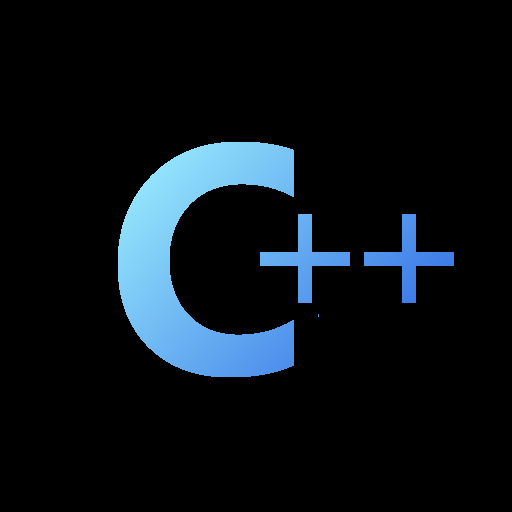I guess she is not entirely off, either. It’s called that because it is the second division of an hour.
mercator_rejection
- 0 Posts
- 20 Comments

 1·3 months ago
1·3 months agoWhy would they have to go to the CS desk? the cashier can just change it right there. It happens occasionally where they scan too many items and have to void some out, it’s really not a big deal.
 1·4 months ago
1·4 months agoSo uh… How did this turn out?

 1·5 months ago
1·5 months agoFor similar reasons, I stopped ordering with any alterations at all. I used to customize order a little and they always messed it up. It’s pretty rare that I go at all, but I figure that way it’s the standard meal and they can just go in autopilot making it. Less disappointment when things go wrong
Use any flavor you like, there aren’t any rules

 5·5 months ago
5·5 months agoAround here we just have little stickers on the produce with a code number on it. Most produce is just stacked with no packaging. You collect as many as you want in a bag. At the check out, the little code number can be used tell what the exact variety is.
This seems a lot simpler than lazer etching to me, but idk, maybe that is really cheap and easy too?
Try audiobooks. It got me out of that kid of block. Can listen during showers, commutes, doing chores. It’s great!

 12·8 months ago
12·8 months agoI feel like that requirement comes from mortgage lenders, not the government.

 3·8 months ago
3·8 months agoHonestly, looks ghastly. In the pursuit of being generic, they made something simple and straightforward into something unusable.

 11·10 months ago
11·10 months agoThing is that it has been shown that the cost doesn’t add up. Guild Wars and Guild Wars 2 are both games you only pay the cost of the box, no on going subscriptions and they are able to continue running the servers and infrastructure just fine. 15$/mo just doesn’t make sense.

 8·11 months ago
8·11 months agoAny recursive algorithm can be made iterative and vise versa. It really depends on the algorithm if the function calls are a major factor in performance.

 1·11 months ago
1·11 months agoI have used DukTape in the past, it is an ECMAScript (javascript) implementation. The API is amazing, very consistent parameter and naming schemes, uses a stack based approach (feels like a better version of how lua goes about things). It is designed to be embedded. Documentation for the API is some of the best you will see, lots of good examples. It even has a debugger that you can hook into.

 1·11 months ago
1·11 months agoCan I ask why that is the case? I guess I hadn’t heard that it was so difficult before

 4·a year ago
4·a year agoThe main problem with
std:: expectedis lack of language support. In theory, it works well as an alternative to exceptions, with nice self contained monadic statements. In practice, it is actually much worse than what the article suggests.main issues -
-
as I said, no language level support. You eventually end up with messy code somewhere because the library code can’t simplify things enough. You end up with if checks strew about that really oaught to be a language paradigm.
-
there is not a lot of code making use of it, so at the boundaries of your code you have to make adaptations to and from
std:: expectedfrom whatever some library chose to use. -
adapting your existing codebase is basically impossible. Perhaps if you are starting a new project you can do it, but it is different enough that all your existing code must be updated to accommodate the new paradigm and it’s just an awful experience doing the work and being in a mix of error handling.
-
In the US, they are quite popular.

 8·a year ago
8·a year agoThese examples didn’t actually clear anything up for me 🙃

 2·a year ago
2·a year agoLouis Rossman had a go at this recently https://youtu.be/nigJMu0lUbM?si=11xAzFcVWSdQvMhU

 3·a year ago
3·a year agoDoes Synology Photos support shared albums where any user can contribute photos?
But with what computer?!




Does it really take 100 staffers to do what a video chat can accomplish?